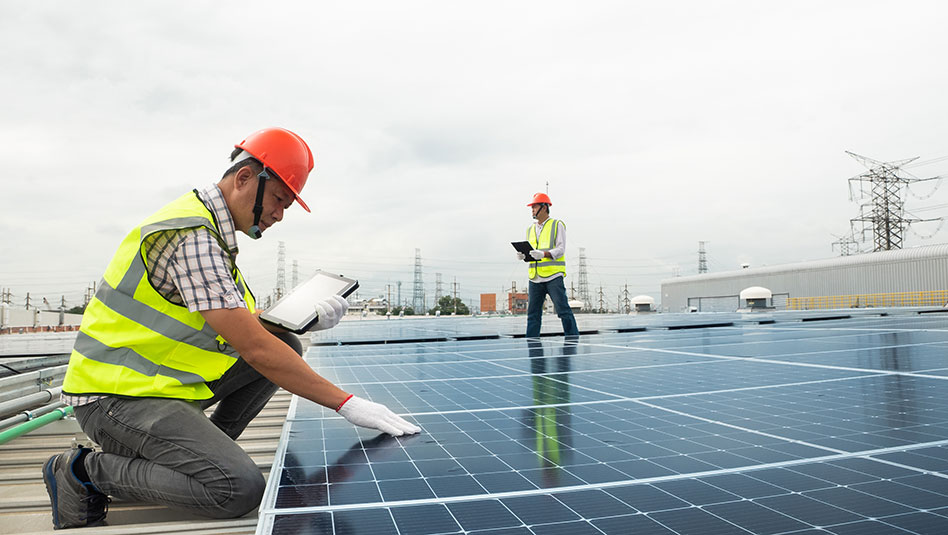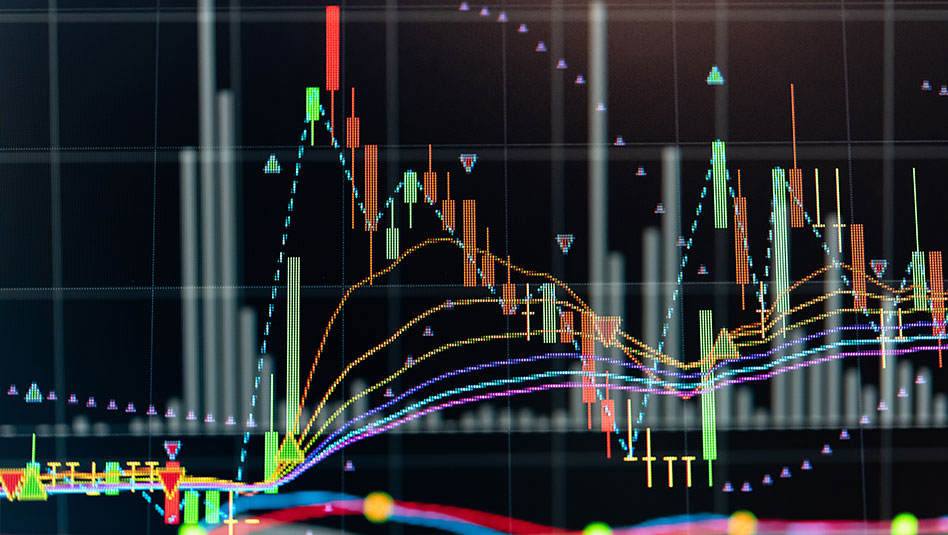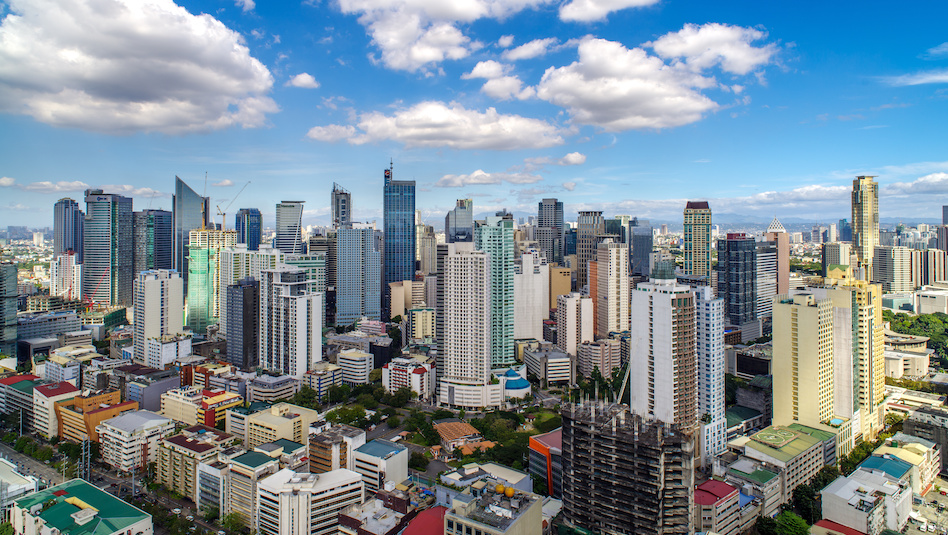GDP Preview: Rates boost yet to come
Sustained policy easing will usher in faster growth in 2025’s start.

Households and businesses may start to feel the impact of Bangko Sentral ng Pilipinas (BSP)’s monetary easing toward the end of the third quarter (Q3) and beyond.
With surges in private spending and investment not yet in the cards, Metrobank Research sees annualized gross domestic product (GDP) growth of 5.5% in Q3, compared with the 6.3% expansion in the April to June period.
That should bring year-to-date growth to 5.8%. Metrobank Research’s full-year average forecasts remain at 5.7% in 2024 and 6.2% in both 2025 and 2026.
Here are our key takes on Q3 GDP data, which is scheduled for release on November 7:
Chirpier consumers soon
High interest rates and elevated inflation kept consumer spending soft in the first half. Tepid consumption will likely extend into Q3, as BSP’s policy easing that began in August will have lagged effects.
Elevated household debt and low savings are also spoiling consumers’ appetite to spend, with non-performing loans also increasing. BSP’s rate cuts have yet to translate to lower bank lending rates. Even if it drops, households may instead choose to first settle debts and rebuild savings.
Still, the relatively looser monetary settings and easing inflation already started to boost consumer sentiment, with households anticipating further rate cuts by the BSP.
Waiting on the impact
Showcasing the lagged impact of rate hikes, we note investments still capped in select sectors in Q3. Annual vehicles sales growth slowed to 2.4% in September from 10.3% in August, after commercial vehicle sales were flat.
Anecdotal reports, however, suggest that businesses are starting to position themselves for expansion at the beginning of 2025, signaling better business sentiment as BSP continues with its easing cycle.
A follow through move by the BSP at the December meeting may help ensure the full impact of reduced policy rate to investments by the beginning of next year.
Read more:
- BSP’s rate cuts promise relief amid economic challenges
- Philippines sees brighter economic prospects in fourth quarter
- GDP Update: Government spending propels Philippines’ GDP to 6.3%
It’s all about the base
Government spending fueled annual GDP growth in Q2, thanks to the impact of frontloading of expenditures coupled with a spending slump in the same period in 2023.
That’s expected to reverse as state spending picked up pace in Q3 2023, implying high base effects. Moreover, government disbursements slowed to an annualized 6.4% in July to September 2024, compared with the high-teens expansion in the previous quarter.
A budget department report also showed infrastructure spending – a major contributor to Q2 GDP – fell 11.1% year-on-year in August, after heavy rains stunted projects and contractors delayed billings.
These preliminary figures support our view of softer government spending growth in Q3 relative to the preceding quarter but should remain a positive contributor to growth.
Trade deficit woes to resurface?
The trade balance continued to shift toward imports in Q3, widening the deficit by 12.4% year-on-year in the July to August period.
Imports grew by a moderate annual 4.9% in the same period even as electronic imports have enjoyed consistent growth. Import levels also normally peak by September, as retailers prepare for the holiday season.
Meanwhile, exports growth was at a more subdued 2.2% due to a slump in electronics shipments, which accounts for about half of the Philippines’ total exports. Despite recent pick up in global demand on electronics, Philippine export market is yet to recover.
Noting the substantially larger volume of imports, the faster imports growth compared to exports supports our view of a wider deficit in Q3 compared to Q2.
Moving forward
As consumer and business outlooks see improvements toward the end of Q3, continued easing by the BSP will usher in faster economic growth at the beginning of 2025.
MARIA KAILA BALITE is a Research Officer of the Research and Market Strategy Department, Institutional Investors Coverage Division, Financial Markets Sector, at Metrobank. She holds a Master’s degree in Applied Economics and also majored in Financial Economics for her Bachelor’s degree, both from De La Salle University Manila.
MARIAN MONETTE FLORENDO is a Research Officer of the Research and Market Strategy Department, Institutional Investors Coverage Division, Financial Markets Sector, at Metrobank. Her academic background is in Mathematics and Economics.
YOSHITAKA HIRAKAWA is a Financial Markets Sector Management Trainee at Metrobank. He holds a Bachelor’s in Management Engineering from Ateneo de Manila University.
EZRA VIDAR is a Financial Markets Sector Management Trainee at Metrobank. She holds a Bachelor’s in Business Economics from the University of the Philippines.







 DOWNLOAD
DOWNLOAD




 By Maria Kaila Balite, Marian Monette Florendo, Yoshitaka Hirakawa, and Ezra Vidar
By Maria Kaila Balite, Marian Monette Florendo, Yoshitaka Hirakawa, and Ezra Vidar